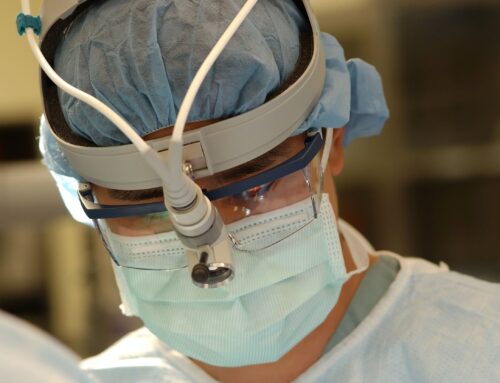Torus Mandibularis (mandibular or dental tori) are bone growths that develop on the roof or floor of your mouth, under your tongue . Tori growths are not dangerous, and do not cause pain. They vary in size and shape among individuals, and can be uncomfortable and inconvenient. Some people are born with them, and others develop it later in life.
Typically benign and non-cancerous, Tori are usually asymptomatic and often discovered during dental examinations or imaging studies. Treatment of Tori isn’t necessary unless it interferes with your ability to eat or speak.
Dental Tori can either be one growth or several, and vary in both number and size. It’s common to have growths on both sides of your mouth. Having Mandibular Tori is relatively uncommon, prevalent in about 27 out of every 1,000 adults in the US.
Causes and Symptoms
The largest cause of Mandibular Tori comes from genetic and environmental factors. There is a genetic predisposition to developing tori, indicating that it is hereditary. Additionally, factors such as dietary habits, nutritional deficiencies, age and gender play a role. Although none of these factors have been firmly established as causes, they all play a role.
Although a majority of Tori cases are discovered during a dental exam, you can still notice changes in your mouth when doing at home dental checks.
Typical symptoms include:
- Noticing the growths themselves
- Difficulty chewing or swallowing
- Difficulty getting dental appliances to fit correctly (retainers, mouth guards, ot dentures)
- Food particles getting stuck in or around the growths
- Speech difficulty
- Inflammation of gums
- Loose teeth
Treatment
The presence of tori alone does not necessarily indicate a need for treatment, but surgery by an Oral and Maxillofacial Surgeon (OMS) is recommended when tori growths start interfering with speech or life quality. Tori removal itself is simpler than other surgical procedures. Although complications are rare, infection and excessive bleeding can occur following the procedure.
Surgical treatment includes:
- Using IV sedation or a local anesthetic to keep the patient comfortable
- Making an incision using a scalpel through your gums overlying the tori to get access to it
- Remove the extra bone tissue and sand the area down with the help of dental instruments such as drills.
- Rinse the area with a saline solution and disinfectant
- Use stitches to close the incision
Recovery
It can take between 6-8 weeks to fully heal after tori removal. Many patients will experience some discomfort and swelling following their surgery, which can be treated with pain medication and ice packs. Other experiences include dry/chapped lips, and slight bleeding following the surgery. Post operative instructions include avoiding strenuous exercise, hard and crunchy foods, and using medications and a mouth rinse daily. As the weeks progress, your ability to eat and do more physical activity will increase.
There is no way to prevent mandibular tori, so let your dentist know if you have suspicious of Mandibular tori and with early detection they can keep an eye on the growth to make sure they don’t cause any issues. Unfortunately even after surgical treatment, tori can grow back in some cases. Living with tori is possible as long as it doesn’t interfere with your function or quality of life.
To schedule a consultation with our doctors please Contact Us




